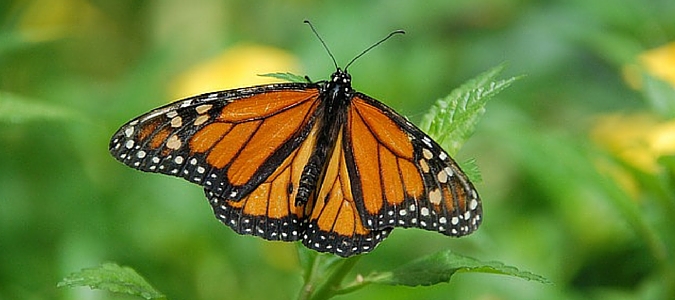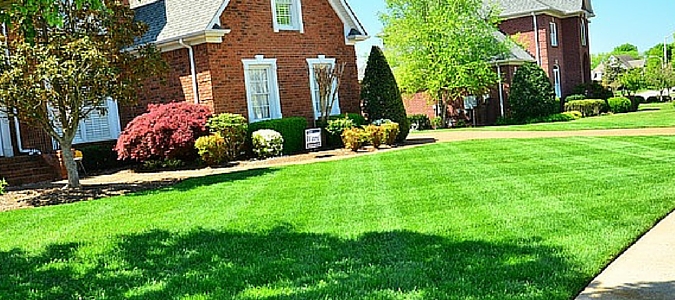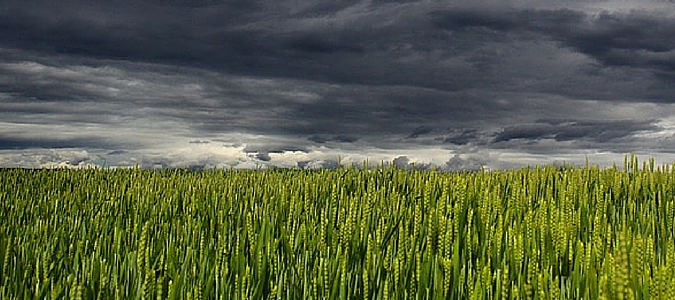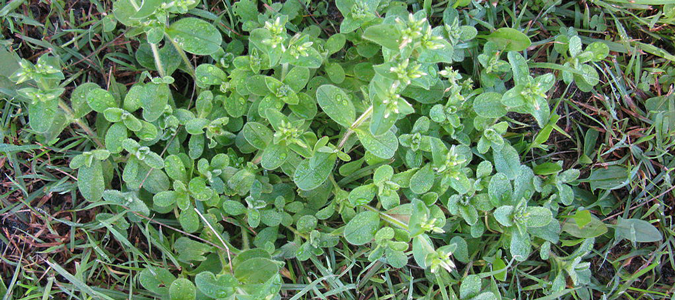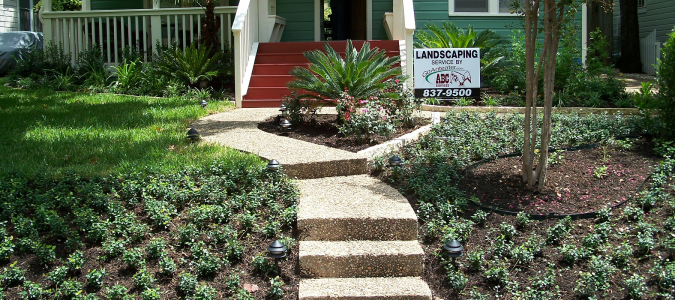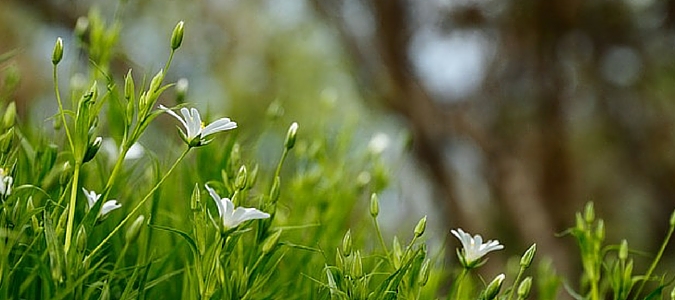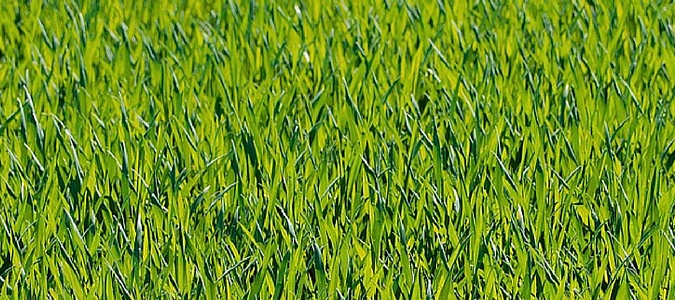Rain and Your Lawn: How Much Is Too Much?
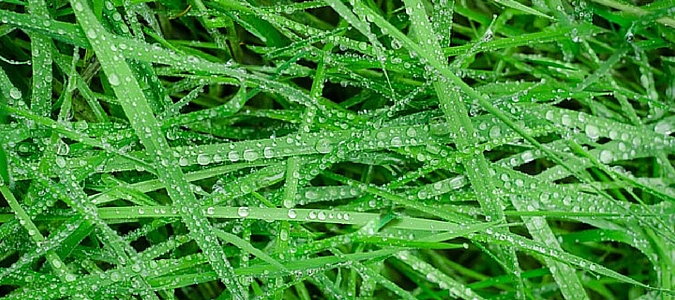
In San Antonio, we’ve experienced an exceptionally wet spring season, with several downpours over the past few months. While we’re grateful not to be in a drought, and our lawns certainly appreciate the rain, in this case, it is possible to get too much of a good thing.
Below we’ll look at some of the ways heavy and prolonged rains can harm your lawn, and some tips you can follow to avoid most of the potential damage.
Roots
A lawn can get too dependent on rain. If water is abundant, grass and other plants don’t need to develop healthy root systems. When a wet spring is followed by a hot and dry summer (as most of our summers are) the grass won’t have the deep roots it needs to survive.
Furthermore, too much water will actually suffocate your lawn. Most plants can’t stand in water for extended periods of time because waterlogged soil doesn’t … Read Full Post »
